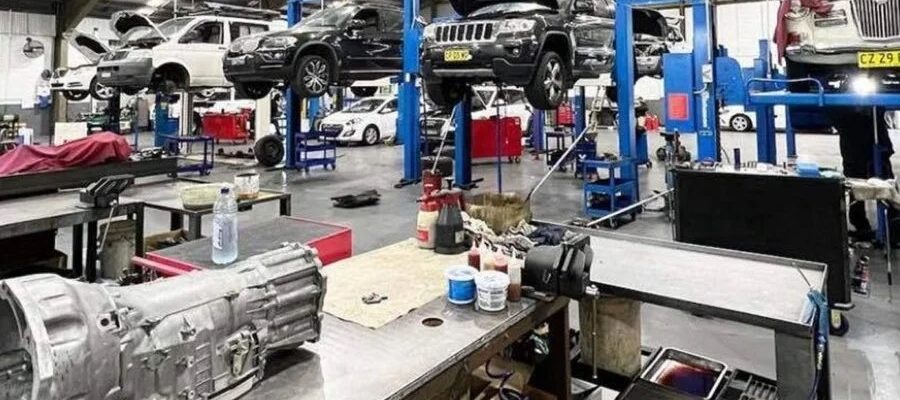Car air conditioning systems rely on belts and hoses to function properly. These parts transfer power and coolant to keep the system running smoothly. Over time belts and hoses wear out causing leaks or breaks. This wear leads to AC failures and poor cooling performance. Regular checks help identify worn belts and hoses early. Service centers offer different tiers of inspections that let drivers prevent cooling breakdowns. Understanding these tiers supports reliable AC operation and a comfortable cabin environment.
The Role of Belts and Hoses in the AC System
The AC belt drives the compressor which circulates refrigerant throughout the system. Hoses carry refrigerant and coolant between components like the condenser and evaporator. If a belt is loose cracked or broken the compressor stops working. Damaged hoses leak refrigerant lowering system pressure and cooling power. Therefore belts and hoses are critical to maintaining effective AC performance. Regular checks ensure these parts are in good condition to prevent failures.
Basic Tier: Visual Inspection for Cracks and Wear
The basic belt and hose check involves looking for visible signs of damage. Technicians examine belts for cracks fraying or glazing on the surface. They inspect hoses for leaks bulges or hardening that indicate deterioration. This tier suits vehicles with no current AC problems but needing routine care. Identifying small cracks or wear before failure allows for timely replacement. This basic inspection by the Auto AC Repair in Minnetonka, MN based service prevents sudden breakdowns and maintains steady cooling.
Intermediate Tier: Tension Testing and Leak Detection
The intermediate tier includes testing belt tension and checking hoses for hidden leaks. Technicians use tools to measure if the belt has proper tightness for efficient compressor operation. They also apply special dyes or sensors to detect refrigerant leaks that are not visible. This tier suits cars experiencing reduced cooling or occasional system noises. Proper tension and leak-free hoses ensure the system works at full capacity. This testing helps extend the life of the AC components.
Advanced Tier: Component Function and Pressure Testing
The advanced tier involves checking the function of the compressor and pressure levels in the hoses. Technicians evaluate how the belt-driven compressor performs under load. They measure refrigerant pressure inside hoses to confirm no drops that indicate leaks or blockages. This tier suits vehicles with recurring cooling issues or suspected component wear. Thorough testing of belt and hose operation reveals hidden problems affecting AC reliability. Addressing these issues restores consistent cooling and system durability.
Preventive Tier: Scheduled Inspections with Full System Care
The preventive tier combines regular belt and hose inspections with full AC system maintenance. Technicians follow a scheduled plan to check all AC parts including belts hoses compressors and filters. This tier suits drivers wanting to avoid unexpected cooling failures. Routine preventive care detects early wear and prevents leaks before they cause system breakdowns. Maintaining belts and hoses as part of a complete service plan maximizes AC reliability and cabin comfort.
Conclusion
Belt and hose checks are vital for keeping car AC systems reliable and efficient. Service tiers range from basic visual inspections to advanced pressure and function testing. Each tier provides deeper insight into the condition of belts and hoses based on vehicle needs. Timely detection of wear prevents sudden cooling failures and costly repairs. Including belt and hose checks in regular AC maintenance supports smooth compressor operation and steady refrigerant flow. Reliable belts and hoses ensure comfortable and cool drives in every season.


